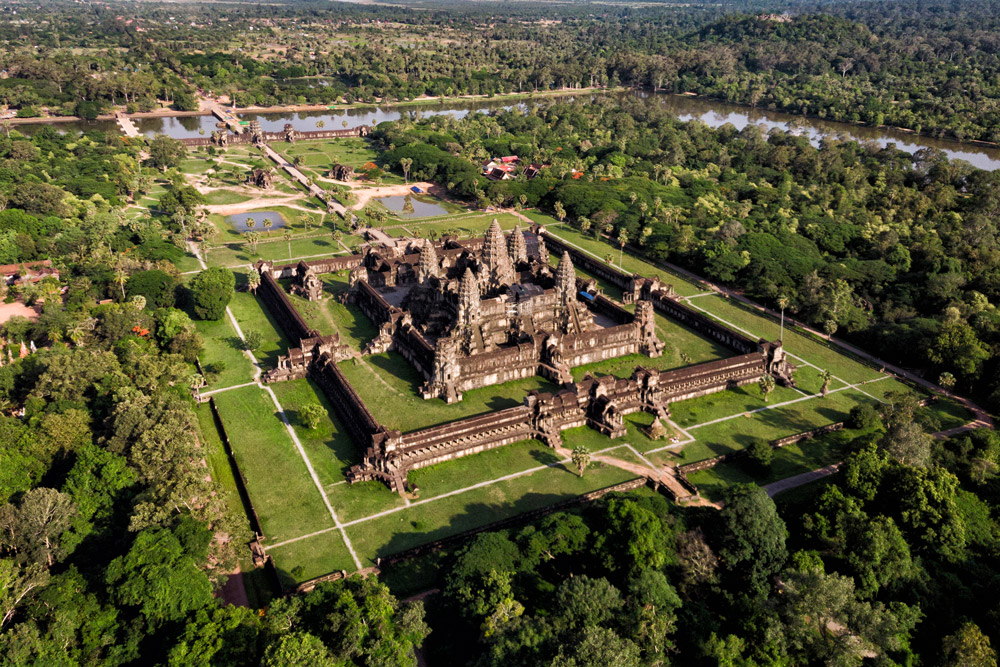A new study examining the fate of ancient Khmer and Mayan cities that collapsed in periods of intense climate variability warns that cities must build resilience to survive climate stress.
Dan Penny, Associate Professor at the University of Sydney School of Geosciences, is the co-author of ‘Historical socioecological transformations in the global tropics as an Anthropocene analogue’, published in Proceedings of the National Academy of Sciences (PNAS). He says the goal of his research is to “understand what makes some urban settlements more able to tolerate environmental stress, particularly climate stress, than others”.
Throughout history, says Penny, large-scale low-density urban settlements in tropical and subtropical regions have been susceptible to “collapse” associated with climate stress.
“Given that we are facing a century at least of quite significant climate disruption, the reasons for resilience to climate stress are important,” he says. “So we’re looking into the past and using it as an experimental space to observe how complex societies have responded to climatic stress, and particularly to identify, if it’s at all possible, what has made some societies more resilient than others.”

The fate of Angkor
One of the cities Penny has studied is Angkor, the medieval capital of the vast Khmer Empire that flourished between the ninth and 15th centuries. With around 900,000 residents, Angkor was the world’s largest pre-industrial city.
Its resilience rested on its infrastructure, “particularly the water management infrastructure”, says Penny, “which had been constructed over many years to moderate monsoonal flooding, but also to store and distribute water during the dry season. That system became enormously large and extremely interdependent.”
A failure in one part of the system affected other parts of the network, leaving it prone to drought and flood. “Climatic instability enabled this whole system to fracture into small parts,” says Penny. “They had engineered themselves into a position of vulnerability to climate stress.
“When they were finally hit by very large-scale droughts and long periods of intense flooding and then more droughts, the whole infrastructure network that supported their low-density city fragmented, and it was no longer a viable place to live.”
After invaders ransacked the city in 1431 following a long period of decline, it was abandoned. “The system was built to fail, and when it was put under enough stress, of course it did, and it did catastrophically,” says Penny.
Lessons for the modern-day
“We find that the resilience of urban infrastructure is really important in determining the overall resilience of a settlement,” says Penny. “For places like Angkor, it was the interplay between climate stress and infrastructure rigidity that played an important role in determining the success or failure of the settlement.”
The city’s demise offers clear lessons for urban infrastructure management today. “The problems they had with water management infrastructure were essentially the same as the problems we face with any of our network infrastructures in the sense that they can become very vulnerable to disruption.”
A minor incident – like a lightning strike – can trigger a cascade of disruption that results in a disproportionately larger episode, such as the shutdown of large parts of the power grid.
In conclusion, warns Penny, we must build critical networks to be resilient rather than vulnerable.
“We need to embrace these lessons from the past,” he says. “We know that our critical infrastructures are threatened – by amongst other things, climate change – so it’s very important that we have a forward-looking and long-term view of our urban environments and our infrastructures that support them.”














